Figures & data
Figure 1. Turbines in European wind farms.
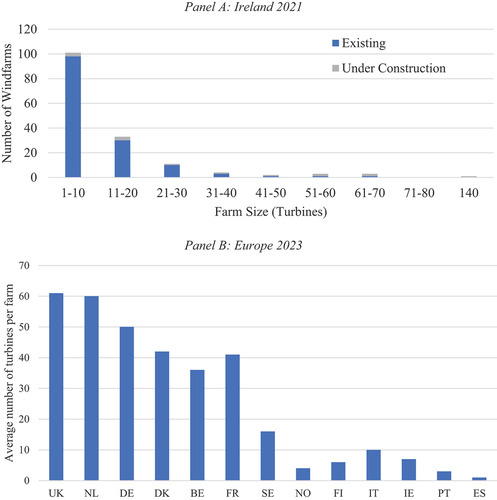
Table 1. Turbine component failures: 10 years since commissioning.
Figure 2. Electricity prices (EU27).
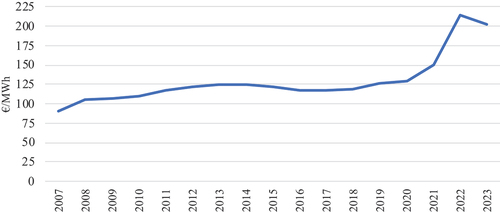
Figure 3. EU cost of capital for onshore wind projects.
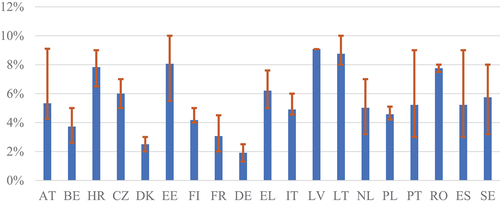
Figure 4. Weibull failure distributions.
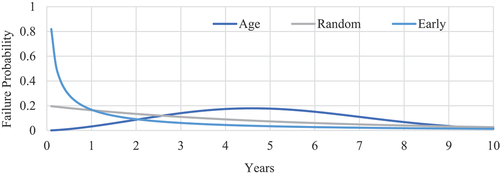
Table 2. The modelled failure parameters.
Figure 5. Industry vs simulated failure probabilities.
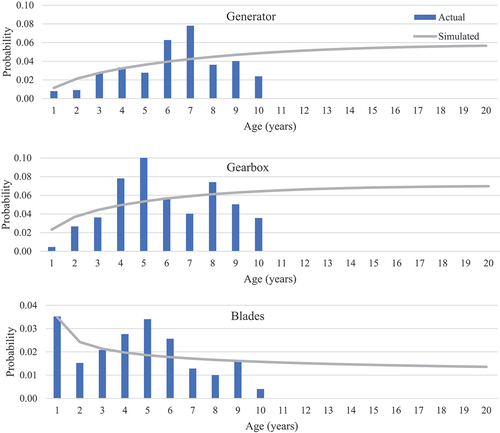
Figure 6. Turbine failure distributions.
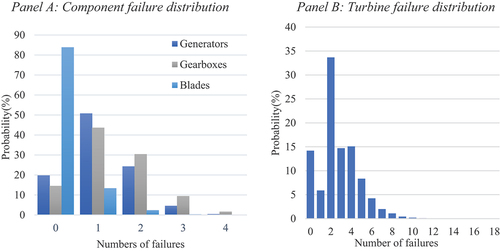
Table 3. Wind farm failure distribution.
Table 4. Turbine repair cost.
Table 5. Components discounted failure costs.
Figure 7. Turbine cost distribution.
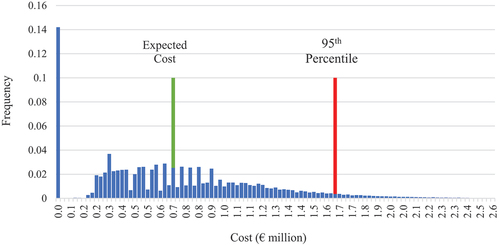
Table 6. Risk analysis for a single turbine.
Figure 8. Wind farms risk Metrics.
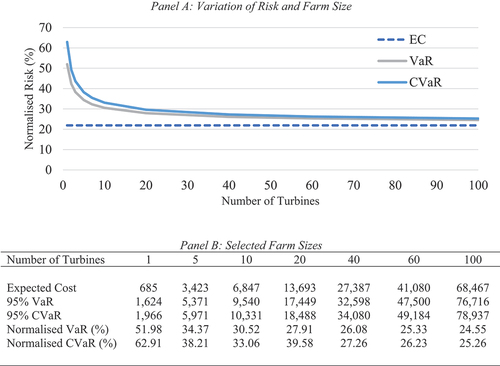
Table 7. Discount rate sensitivity analysis.
